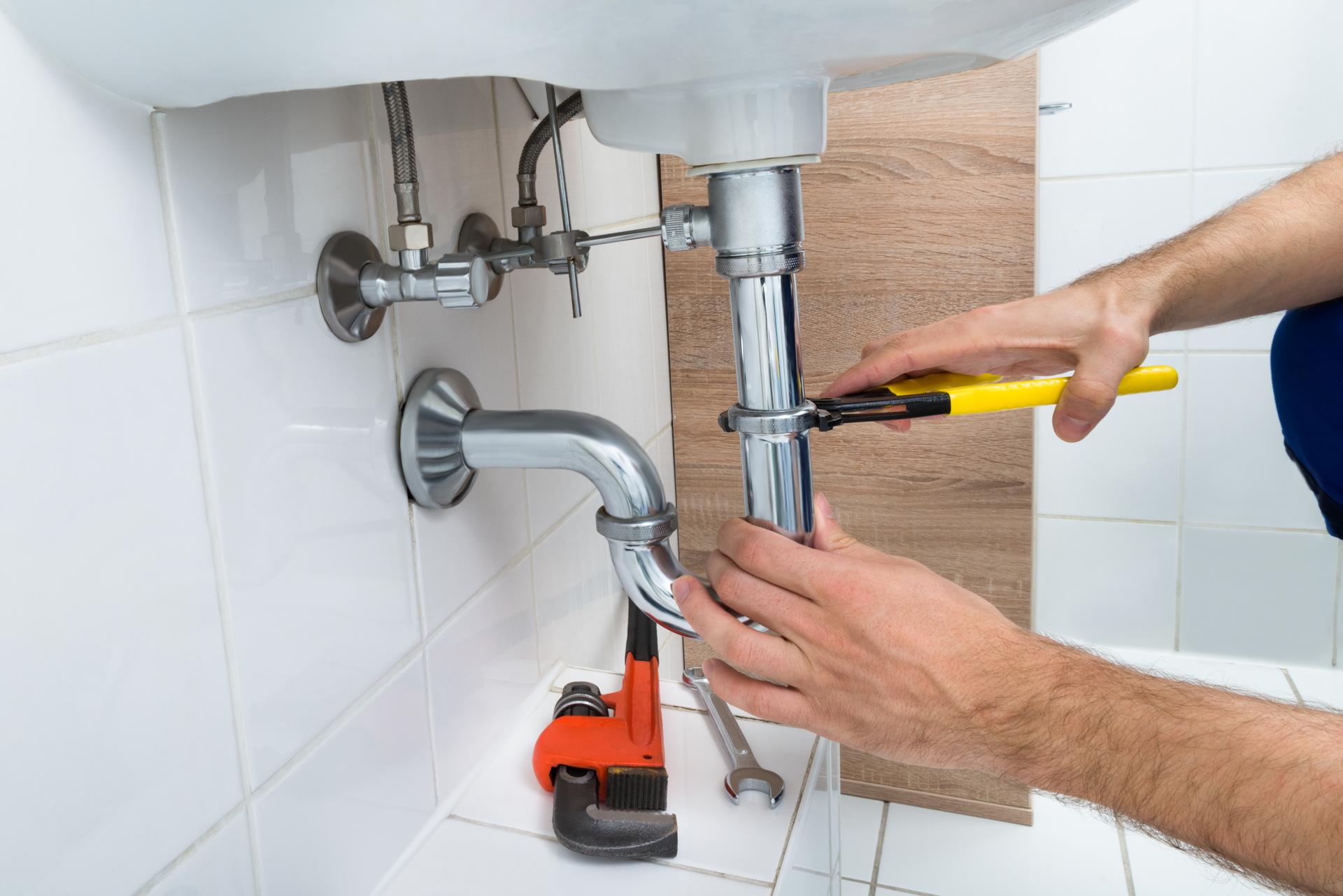The Ultimate Guide to Replacing Your Plumbing: What to Expect and When

Plumbing is an essential part of any house and provides us with safe water to drink, cook and for cleaning, as well in the process of disposing of waste. But, just like every other appliance in your home, plumbing will eventually wear out and require replacement.
Being aware of when it’s time upgrade your plumbing vital to avoid costly repairs and avoid potential health risks. We’ll go over the signs that suggest that your plumbing is in need of being replaced, the factors to take into consideration before replacing your plumbing, the procedure for replacing your plumbing and the advantages in replacing the plumbing and a FAQ section to address any concerns you may have.
There are signs that it’s time to replace your plumbing
There are several common indicators that suggest the plumbing in your home needs to be replaced, for example: Leaks If you see the presence of water stains or puddles on your home, it’s a sign of a plumbing leak. Leaks can cause significant damage to your home’s structure and may lead to mold growth which is why it’s crucial to take action immediately. Rust: Rusty pipes are evident that your plumbing needs to be replaced. Rust can contaminate the water you drink, making it unsafe to consume or cook with. Low pressure in the water: If your showerheads and faucets are producing weak water flow It’s an indication of low water pressure that is caused by blocked pipes or corroded pipes. Water discoloration: Discolored water, such as yellow or brown, could be the result of rust or sediment buildup within your pipes. This could affect the taste and the quality of your water. It may also be a sign of the need for a plumbing replacement.
Factors to Consider Before Replacing Plumbing
Before replacing your plumbing, there are several factors to consider, including the age of the plumbing system: Plumbing systems can have a lifespan of approximately 50 years, so should your home be over that time, it’s likely to be time to replace it. Cost of replacement The replacement of your plumbing may be costly, and it is important to plan for the cost. The severity of the plumbing issue If the plumbing problems are extensive and affecting several parts of your house then replacement could be the best option.
What can you expect during the Plumbing Replacement Process
The process of replacing plumbing involves many steps, such as: Shutting off your water source Your plumber must shut off the water supply to your house to avoid any water damage or leaks. Removing old pipes Old pipes need to be removed. This might require cutting into floors or walls. Installation of new pipes New pipes are installed, which may require rerouting in order to ensure proper water flow. The time frame for the plumbing replacement process will depend on the dimensions of your home and the difficulty of the job. Homeowners should expect disruptions during the process, including water shut-offs as well as destruction to floors and walls.
Benefits of replacing plumbing
The replacement of your plumbing has many benefits, including: Increased water efficiency: New plumbing pipes and fixtures have higher efficiency, reducing the use of water and your energy bills. Improved water quality by replacing old, corroded pipes with new ones can improve the quality of your water and make it safer for drinking and cooking. Reduced risk of future plumbing problems: New plumbing is less likely to cause leaks or clogs, reducing the need for expensive repairs in the near future.
Conclusion
The replacement of your plumbing is a significant investment, but it’s essential for your home’s security and comfort. When you are aware of the signs that tell you your plumbing is in need replacement, weighing the elements that influence replacement and knowing what you can expect during the plumbing replacement process, you will be able to make an informed decision about the plumbing in your home. Be aware that replacing your plumbing offers several advantages, such as increased efficiency in water use, improved water quality and less risk of future plumbing problems.
FAQ Section
What is the cost to replace the plumbing?
The cost of replacing your plumbing will depend on a variety of factors, including the size of your house as well as the complexity of the task, as well as the type of materials employed. On average, homeowners will need to shell out between $5,000 and $10,000 for a whole-house plumbing replacement.
How long does it take to replace plumbing?
The timeline for plumbing replacement will vary based in the area of the house and the complexity of the task. A typical whole-house plumbing replacement can take between two to four weeks.
Should I replace my plumbing system if there is an issue with my plumbing?
If you’re experiencing a single water leak within your pipes, it might not need a full replacement. However, if you’re experiencing a lot of leaks or observe other indications of plumbing issues, replacement might be the best solution.
Do I have the ability to replace my plumbing myself?
Replacing your plumbing is a complex task that should be left to a professional plumber. Attempting to replace your plumbing yourself can result in costly mistakes and potential dangers to your safety.
What type of pipes should I use for my plumbing replacement?
There are many types of pipes available for plumbing replacement, including copper, PVC, and PEX. Your plumber can recommend the best type of pipes for your specific needs and budget. To conclude, replacing your plumbing is an important decision that should be made by taking careful consideration. When you know the signs that tell you that your plumbing is in need of to be replaced, taking into consideration the elements that influence replacement and understanding what you can expect during the plumbing replacement process, you can make an informed decision about the plumbing of your home. A skilled plumber can to guide you throughout the entire process and guarantee the success of your replacement of your plumbing.
